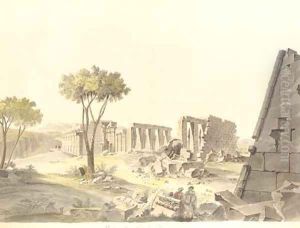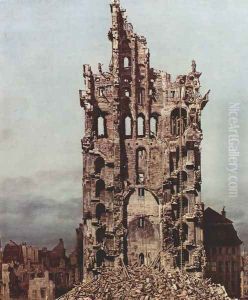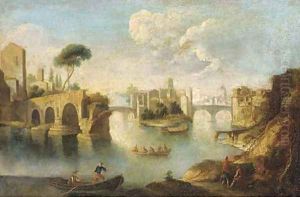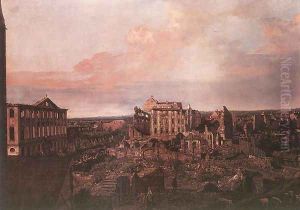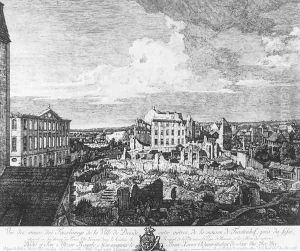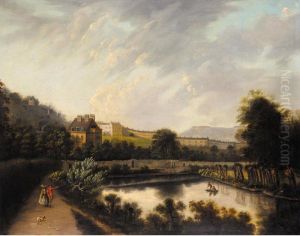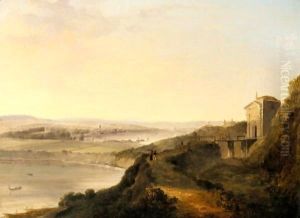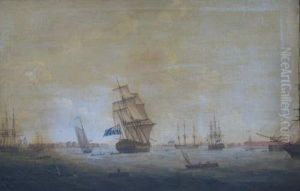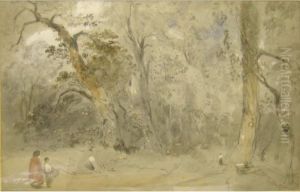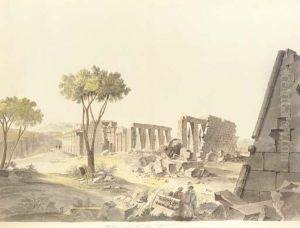





The Ruins Of The Ramesseum, Known As The Tomb Of Ozymandias, Atthebes, Egypt
-
About Reproduction
Discover the allure of art with our faithful reproduction of "The Ruins Of The Ramesseum, Known As The Tomb Of Ozymandias, Atthebes, Egypt", originally brought to life by the talented Charles-Louis Balzac. Unlike posters or prints, our hand-painted oil painting breathes an unique sense of depth and texture into your space. Every detail, every stroke, and every texture is meticulously recreated, paying the perfect homage to Charles-Louis Balzac and his artistic vision.
Owning this piece is more than just decoration - it's a statement of your refined taste in art. Let the vibrant colors and intricate details of this replica serve as a daily reminder of the beauty in our world. Elevate your decor and appreciate the richness of art with our replica of this masterpiece.
-
Painting Description
"The Ruins Of The Ramesseum, Known As The Tomb Of Ozymandias, At Thebes, Egypt" is a notable work by the French artist and architect Charles-Louis Balzac. Created in the early 19th century, this piece captures the grandeur and decay of the Ramesseum, the mortuary temple of Pharaoh Ramesses II, which is often associated with the poetic figure of Ozymandias. The Ramesseum, located in the Theban Necropolis near Luxor, Egypt, is renowned for its colossal statues and monumental architecture, which Balzac meticulously depicted in his work.
Balzac's rendering of the Ramesseum is significant not only for its artistic merit but also for its historical and archaeological value. During the 19th century, there was a burgeoning interest in Egyptology, spurred by Napoleon's campaign in Egypt and the subsequent publication of the "Description de l'Égypte." Balzac's work fits within this context, contributing to the European fascination with ancient Egyptian civilization. His detailed portrayal of the ruins provides insight into the state of the site during his time, offering a visual record that complements contemporary written accounts and archaeological studies.
The title of the work references "Ozymandias," a name derived from the Greek version of Ramesses II's throne name, Usermaatre Setepenre. This association was popularized by Percy Bysshe Shelley's famous sonnet "Ozymandias," which reflects on the impermanence of human achievements. Balzac's depiction echoes this theme, illustrating the remnants of a once-mighty empire now lying in ruins.
Charles-Louis Balzac, primarily known for his architectural drawings and contributions to the documentation of historical monuments, brings a unique perspective to the depiction of the Ramesseum. His work is characterized by precise lines and attention to detail, capturing both the majesty and the melancholic decay of the ancient structure. "The Ruins Of The Ramesseum, Known As The Tomb Of Ozymandias, At Thebes, Egypt" stands as a testament to Balzac's skill and the enduring allure of ancient Egypt.
-
Lead Time & Shipping
When you order this oil painting replica, it typically takes 2-3 weeks to paint. If the artwork is more complex, it might need a little more time to ensure the best quality. Once it's ready, we'll send you a photo for your approval. After you give the green light, we'll ship it to you for free.
-
Return & Refund
We believe in the quality of our hand-painted oil painting reproductions, and your satisfaction is our priority. If for any reason, you are not completely satisfied with your purchase, we offer a 45-day return policy. You can return your artwork within 45 days of receipt and receive a full refund. Please note that the artwork must be returned in the original packaging and in the same condition as it was received.





